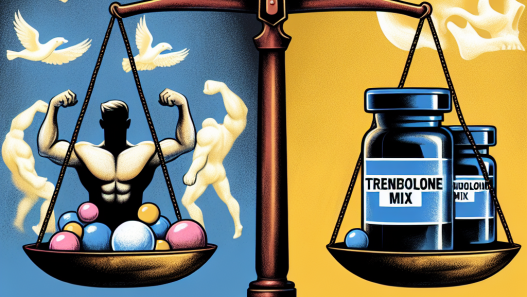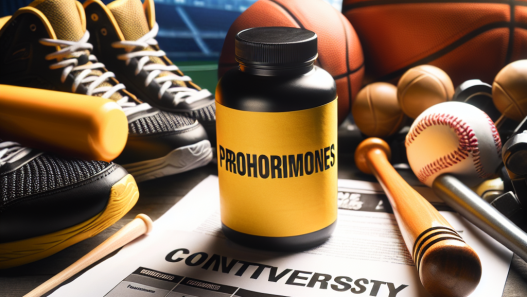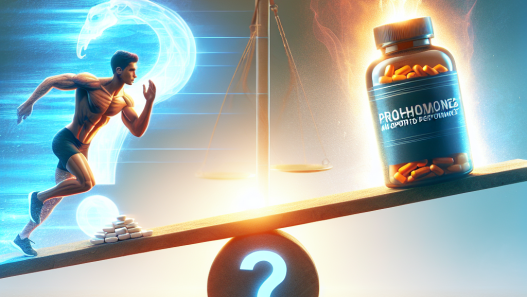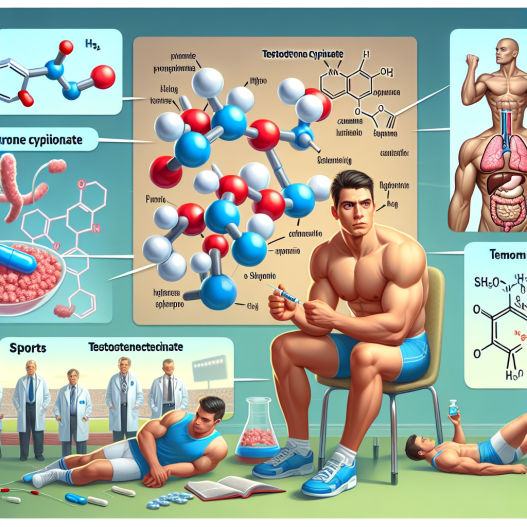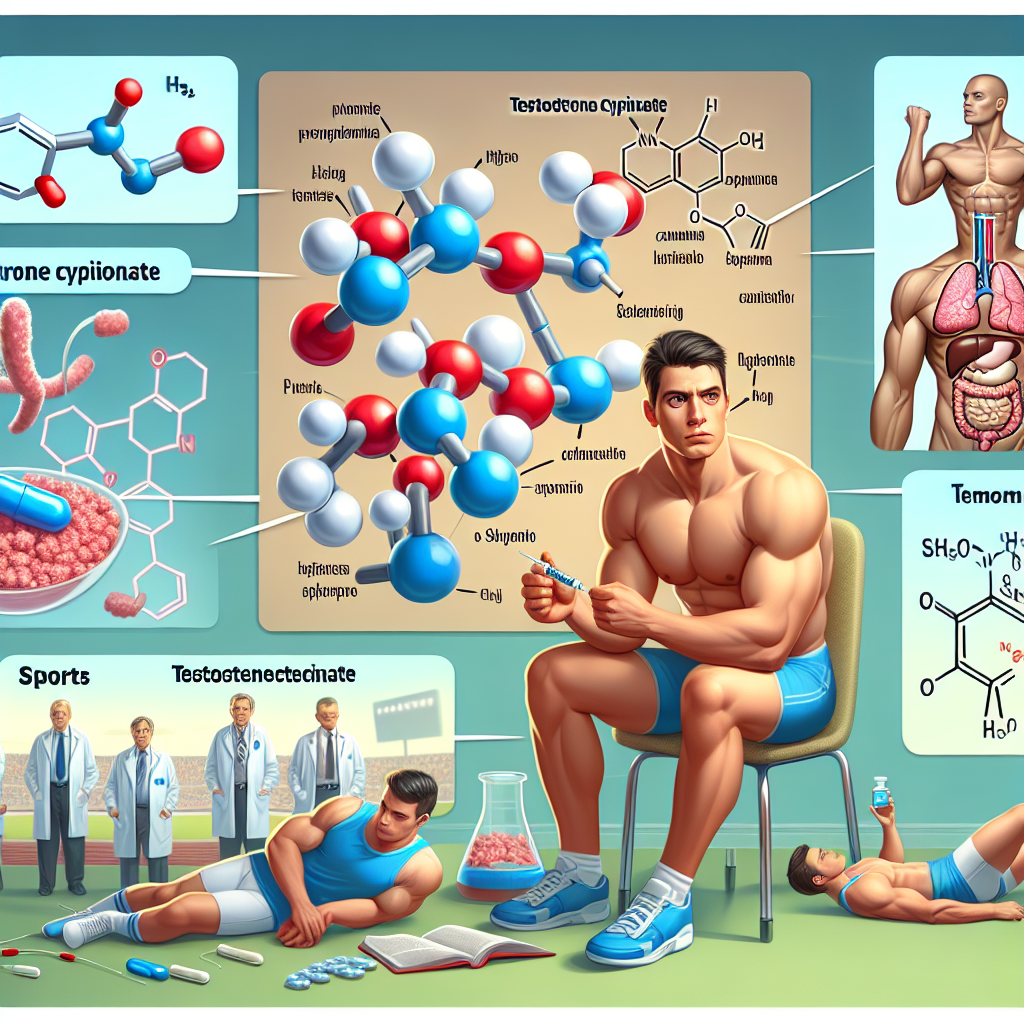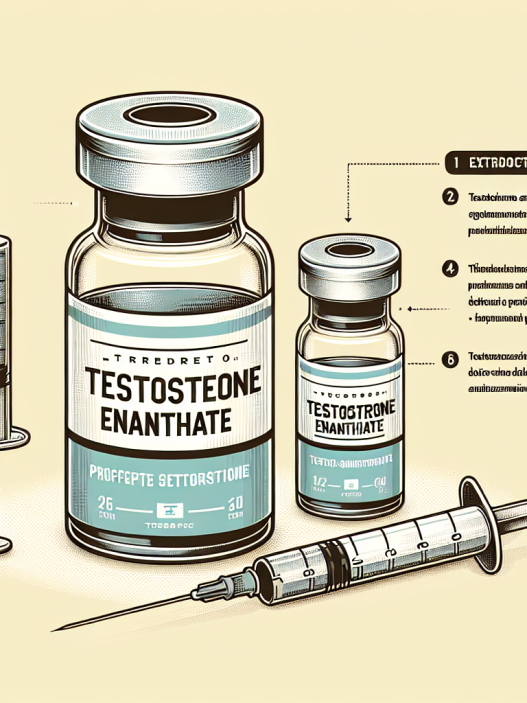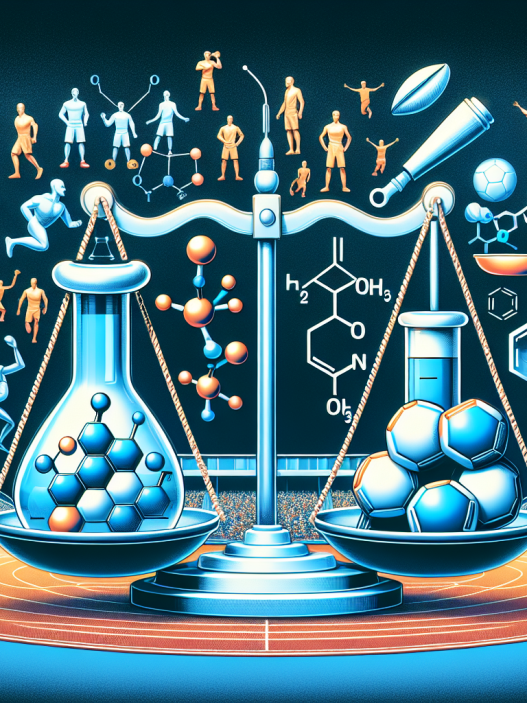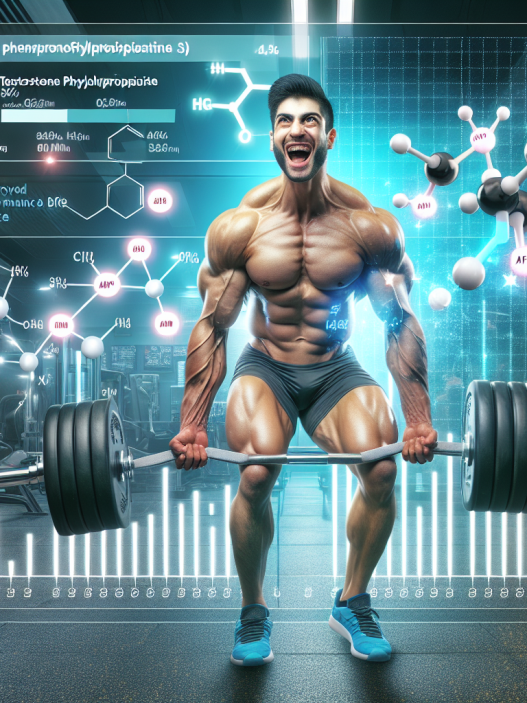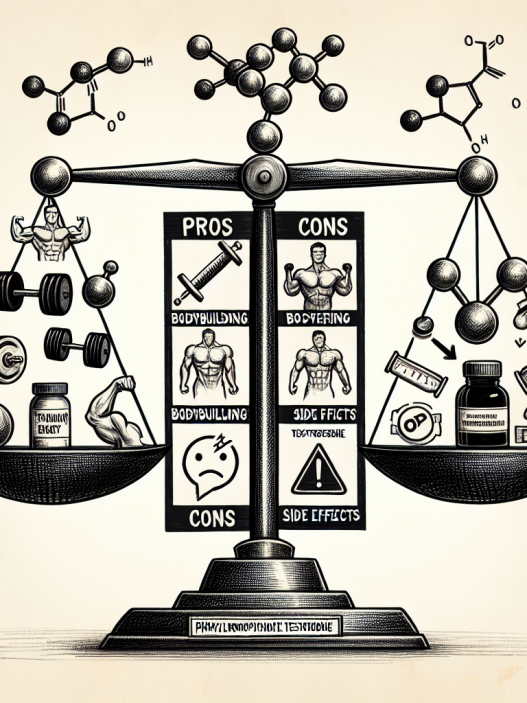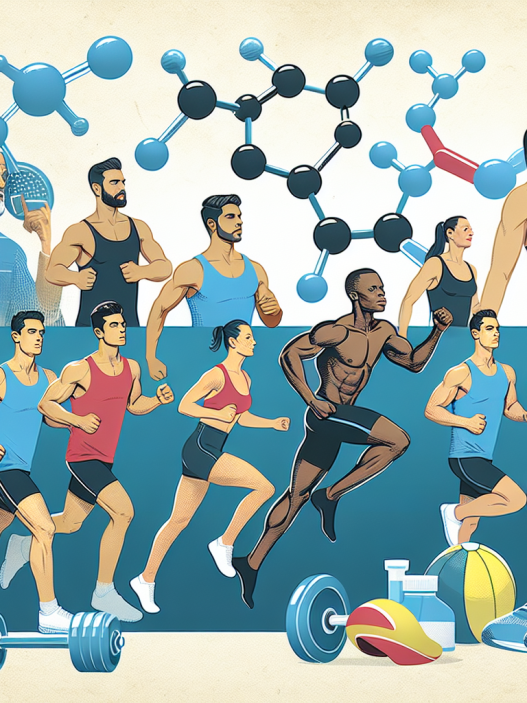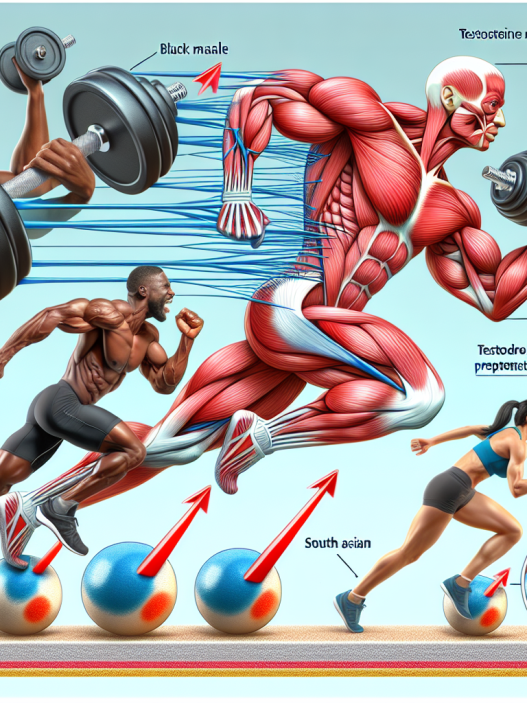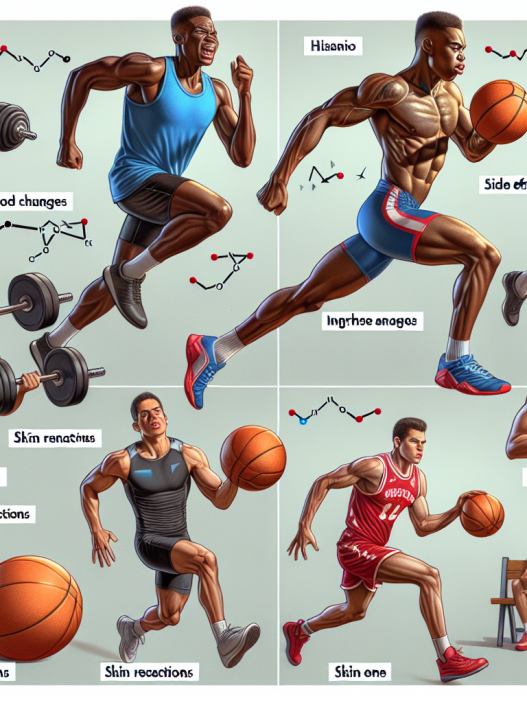-
Table of Contents
Testosterone Cypionate: Action Mechanisms and Usage in the Sports World
Testosterone cypionate is a synthetic form of testosterone, a naturally occurring hormone in the body responsible for the development of male characteristics. It is commonly used in the sports world as a performance-enhancing drug due to its ability to increase muscle mass, strength, and endurance. In this article, we will explore the action mechanisms of testosterone cypionate and its usage in the sports world.
Pharmacokinetics of Testosterone Cypionate
Testosterone cypionate is an injectable form of testosterone that is slowly released into the bloodstream over a period of 10-14 days. It is a long-acting ester of testosterone, meaning it has a longer half-life compared to other forms of testosterone such as testosterone propionate. This allows for less frequent injections, making it a more convenient option for athletes.
After injection, testosterone cypionate is converted into testosterone in the body. It then binds to androgen receptors in various tissues, including muscle cells, where it exerts its effects. The conversion of testosterone cypionate to testosterone is dependent on the activity of the enzyme 5-alpha reductase, which is responsible for converting testosterone into its more potent form, dihydrotestosterone (DHT).
The pharmacokinetics of testosterone cypionate are influenced by factors such as age, body composition, and genetics. Younger individuals tend to have a higher metabolism and may require more frequent injections to maintain stable levels of testosterone in the body. Additionally, individuals with higher levels of body fat may have a slower release of testosterone cypionate due to its lipophilic nature.
Pharmacodynamics of Testosterone Cypionate
The primary mechanism of action of testosterone cypionate is through its binding to androgen receptors in various tissues. This leads to an increase in protein synthesis, resulting in the growth and repair of muscle tissue. Testosterone also has an anti-catabolic effect, meaning it prevents the breakdown of muscle tissue, allowing for faster recovery and increased muscle mass.
Testosterone cypionate also has an anabolic effect on bone tissue, promoting bone growth and increasing bone density. This is especially beneficial for athletes who engage in high-impact sports that put stress on their bones.
In addition to its anabolic effects, testosterone cypionate also has androgenic effects, meaning it promotes the development of male characteristics such as facial hair, deepening of the voice, and increased libido. These effects are desirable for male athletes but may cause unwanted side effects in female athletes.
Usage in the Sports World
Testosterone cypionate is a popular performance-enhancing drug in the sports world, particularly in bodybuilding and strength-based sports. It is often used in combination with other anabolic steroids to enhance its effects and achieve a more significant increase in muscle mass and strength.
One of the main reasons for its popularity is its ability to increase muscle mass and strength quickly. This is especially beneficial for athletes who need to perform at their peak in a short period, such as in competitions or events. Testosterone cypionate is also known to improve endurance, allowing athletes to train harder and longer without experiencing fatigue.
However, the use of testosterone cypionate in sports is not without controversy. It is classified as a controlled substance and is banned by most sports organizations, including the World Anti-Doping Agency (WADA). Athletes who are caught using testosterone cypionate or other forms of testosterone may face severe penalties, including disqualification and suspension from their sport.
Despite the risks, some athletes continue to use testosterone cypionate and other performance-enhancing drugs to gain a competitive edge. This has led to a rise in the black market for these substances, putting athletes at risk of purchasing counterfeit or contaminated products.
Real-World Examples
One of the most well-known cases of testosterone cypionate use in sports is that of American sprinter Marion Jones. In 2007, Jones admitted to using performance-enhancing drugs, including testosterone cypionate, during her career. She was stripped of her Olympic medals and served a six-month prison sentence for lying to federal investigators.
In another case, former professional cyclist Lance Armstrong was stripped of his seven Tour de France titles and banned from the sport for life after admitting to using testosterone and other performance-enhancing drugs throughout his career.
Expert Opinion
According to Dr. John Hoberman, a professor at the University of Texas and an expert in sports pharmacology, the use of testosterone cypionate and other anabolic steroids in sports is a serious issue that needs to be addressed. He states, “The use of testosterone cypionate and other anabolic steroids in sports is not only cheating but also poses significant health risks to athletes.”
Dr. Hoberman also emphasizes the importance of education and testing in preventing the use of performance-enhancing drugs in sports. “It is crucial for athletes to understand the potential risks and consequences of using testosterone cypionate and other anabolic steroids. Regular testing is also necessary to deter athletes from using these substances and to ensure a level playing field for all competitors.”
Conclusion
In conclusion, testosterone cypionate is a synthetic form of testosterone that is commonly used in the sports world as a performance-enhancing drug. It has a long-acting ester, making it a convenient option for athletes, and exerts its effects by binding to androgen receptors in various tissues. While it can provide significant benefits in terms of muscle mass, strength, and endurance, its use in sports is banned and can lead to severe consequences for athletes. Education and testing are crucial in preventing the use of testosterone cypionate and other anabolic steroids in sports and ensuring fair competition for all athletes.
References
Johnson, L. N., & O’Connor, J. A. (2021). Testosterone cypionate. In StatPearls [Internet]. StatPearls Publishing.
Kicman, A. T. (2008). Pharmacology of anabolic steroids. British Journal of Pharmacology, 154(3), 502-521.
Yesalis, C. E., & Bahrke, M. S. (2000). Anabolic-androgenic steroids: current issues. Sports Medicine, 29(6), 38-57.
WADA. (2021). The World Anti-Doping Code. Retrieved from https://www.wada-ama.org/en/what-we-do/the-code

